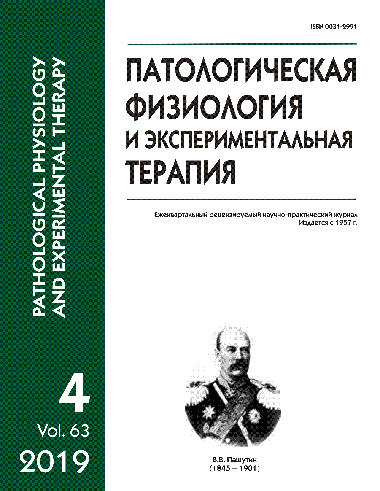Memorizing and forgetting
Abstract
The almost sesquicentennial history of scientific hypotheses and knowledge of the mechanisms of memory contains remarkable discoveries that should be used and are used for rational organization of communication, social relations, culture, life, work, leisure, and curing of people. The materialistic idea that memory is a combination of interneuron connections emerged for the first time as a wise hypothesis of Bain, Cajal, Pavlov, and Hebb in the second half of the 20th century. This hypothesis has been confirmed by many diverse and ingenious experimental evidence partially presented in this article. All memory-related variations of behavior and condition of animals and humans can be explained by processes developing in synapses. A specifically medical significance of memory is that various types of memory insufficiency are a permanent and often a considerable defect aggravating any aging even not associated with a severe cognitive impairment. Moreover, memory impairment is the most important negative component of many hereditary and neurodegenerative diseases.






